Constantly Surviving
March 28, 2024. That’s the day time stopped. The day my husband died in my arms on a random Thursday after his daily bike ride. The day I beat death back with my bare hands and desperate prayers. Now, it’s one year later. We’re still standing. Still loving. Still absolutely wrecked—and wildly grateful.
People say we “survived a Widowmaker,” like there should be a medal. But Lovey, survival isn’t a moment. It’s a treadmill. A sacred, exhausting loop. It’s not about the day the heart stopped. It’s about all the days it kept beating after—messy, miraculous, terrifying.
The Collapse
Steve had just returned from his bike ride. We were celebrating one year of his sobriety. Then came the sweating, the pain, the gut feeling something was wrong. He collapsed. I did CPR. He coded 22 times.
A Widowmaker heart attack has a 12% survival rate outside a hospital. We got the miracle—but it came at a cost.
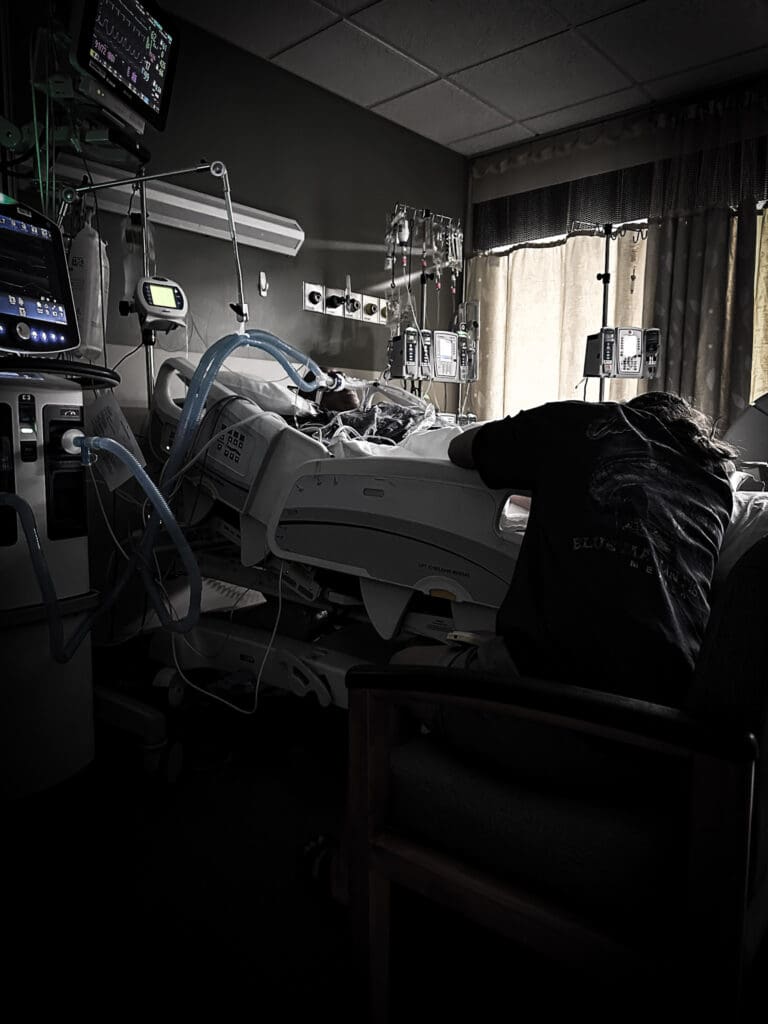
The Miracle and the Aftermath
Doctors cleared the blockage in 45 minutes. One stent. No open-heart surgery. But full life support. Induced coma. His family flew in to say goodbye. And then—on Easter Sunday—he woke up.
No one expected it. But there he was. Alive. Awake. Breathing on his own. A miracle.
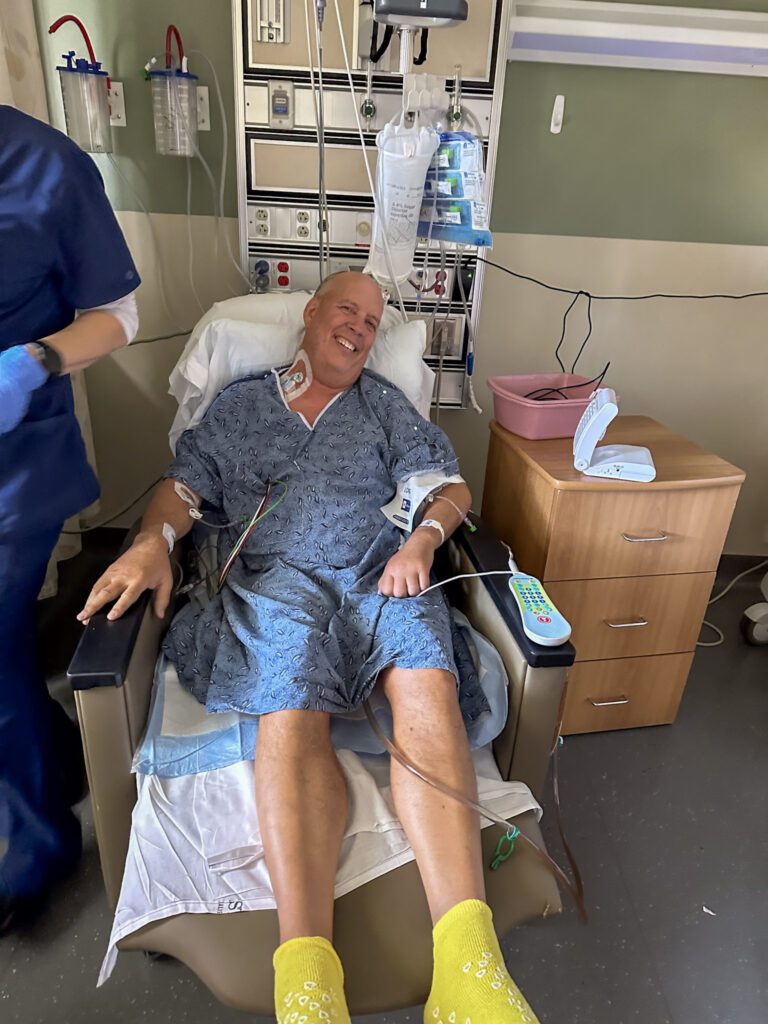
What Survival Actually Looks Like
Short-Term (Weeks to Months)
- Cognitive fog, confusion, memory issues
- Extreme fatigue, muscle weakness
- PTSD, anxiety, survivor’s guilt
- Irregular heartbeat, risk of heart failure
Long-Term (Months to Years)
- Lifelong medications and cardiac rehab
- Device dependency (ICDs, pacemakers)
- Emotional and identity shifts
- Slow cognitive and emotional recovery
There Is No Finish Line
Survival is chaos on a loop. A treadmill with no scenery. A grind.
Steve did everything right: gym, diet, rehab. But his ejection fraction stayed at 25%. Permanent damage. The cardiologist smiled: “People live decades like this.”
I wanted to scream.
Yes, we’re grateful. But the fear, the grief, the questions—they’re still clawing at us. Why did this happen? Is it long COVID? A fluke? Is travel safe? What about his memory? The answer to all of it? “Just be grateful.”
The Caregiver Shift
Nobody warns you that surviving means someone has to carry the weight. That someone was me.
I wasn’t wired for caregiving. But I became the nurse, the advocate, the alarm interpreter, the cook, the cleaner, the watcher. I hung signs on doors to keep him safe. Tracked his meds. Slept with one eye open.
And I unraveled.
PTSD. Flashbacks. Chronic pain. A back injury. Depression that moved in and refused to leave. The holidays came and I stayed in bed. I saged the death couch on Thanksgiving. Prayed to the room to stop showing me the worst day of my life. The nightmares stopped. The insomnia didn’t.
Caregiving gutted me.
But then—bit by bit—I started to heal. With walks. With deep breaths. With ugly cries. With honesty.
Selling Freely
We sold our beloved RV, Freely. She was too big. Too risky. It broke our hearts. But we pivoted. Because that’s what survival demands.
We laughed again. Went to the gym. Got takeout and watched movies. He rests when dizzy. Eats the burger when he wants it. I even got my hair done. First time in a year.
The Raw Stats of Caregiver Trauma
- 63% of caregivers report high emotional stress
- Up to 70% experience clinical depression
- PTSD is common in those who perform CPR on loved ones
- Identity loss and isolation are frequent side effects
Faith, Grief, and Love
I bartered with God in hospital parking lots. I whispered love into Steve’s ears while machines beeped around us. And when he woke up, I exhaled a year’s worth of breath.
Faith didn’t fix it. But it held me.
Steve doesn’t remember our last hug in the kitchen—one year sober. I do. That moment is stitched into my heart. A gift. A before.
We now live in the space between hope and hypervigilance. He reaches for my hand in the dark. I still count his breaths.
What Thriving Looks Like
Next week, we leave for our long-overdue honeymoon. Tortuga Music Festival, followed by a cruise. Will there be chaos? Yes. Will there be love? Always.
This is not a clean comeback story. It’s survival on a loop. But the loop means we’re still here. That’s the miracle.
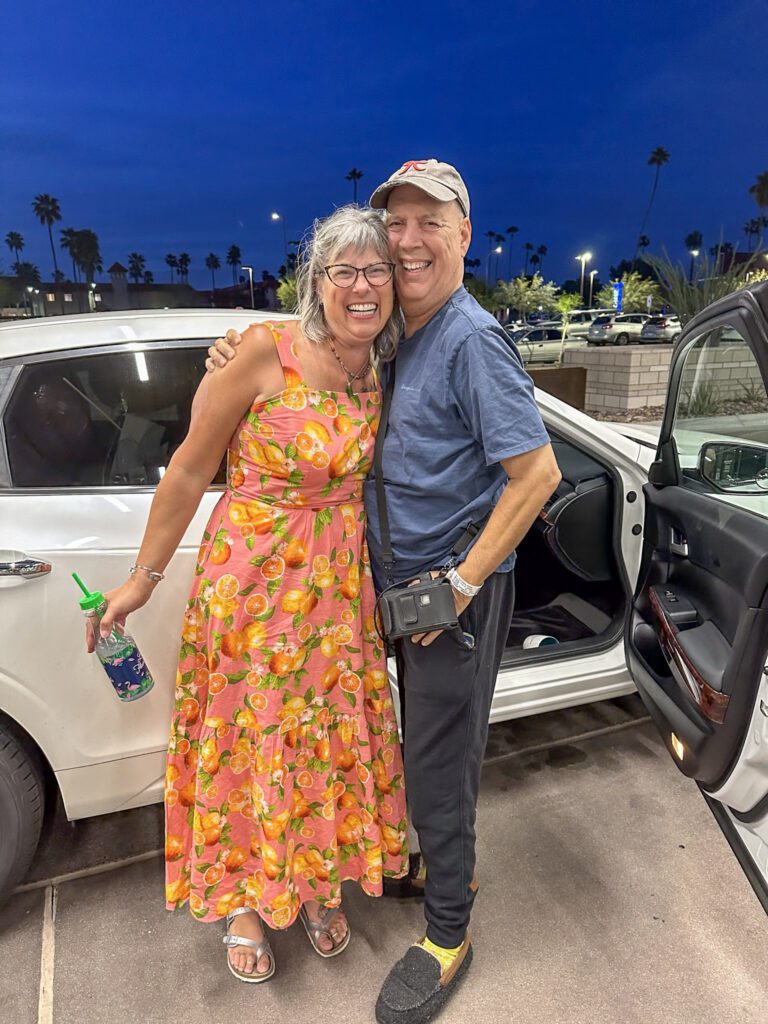

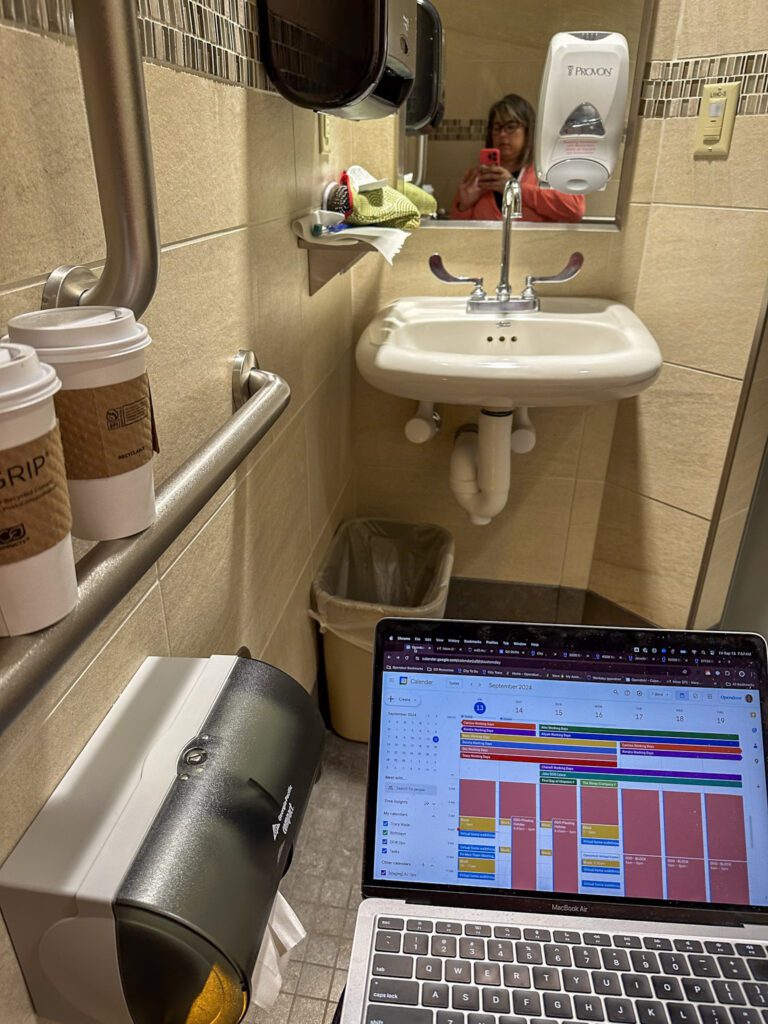
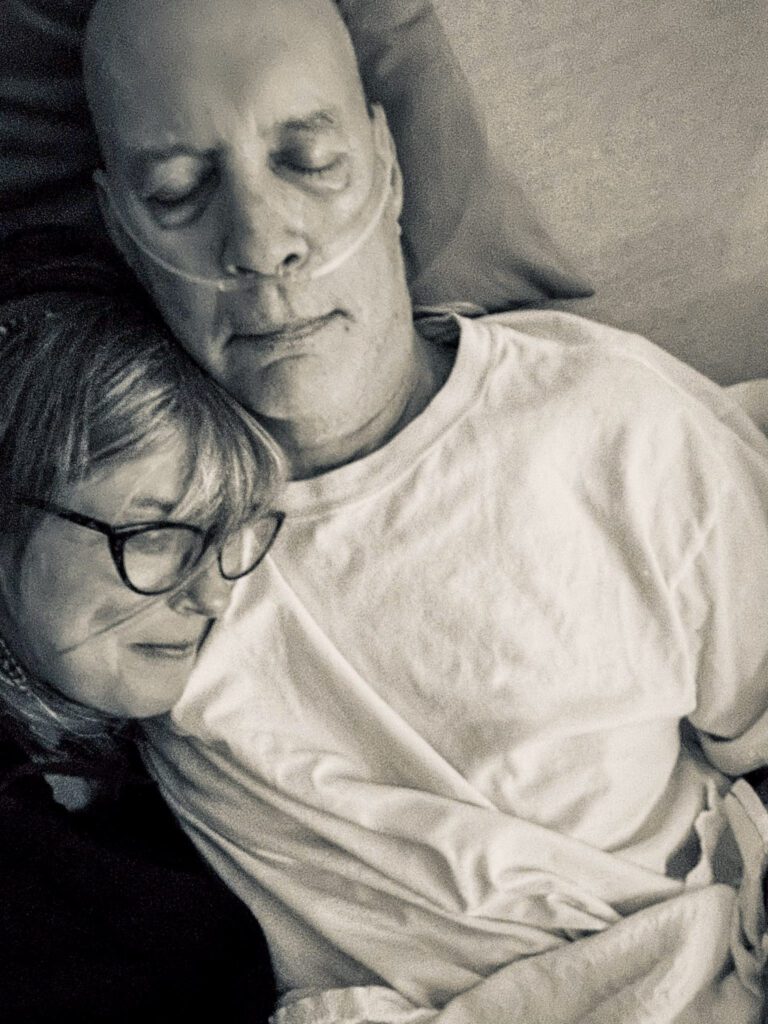
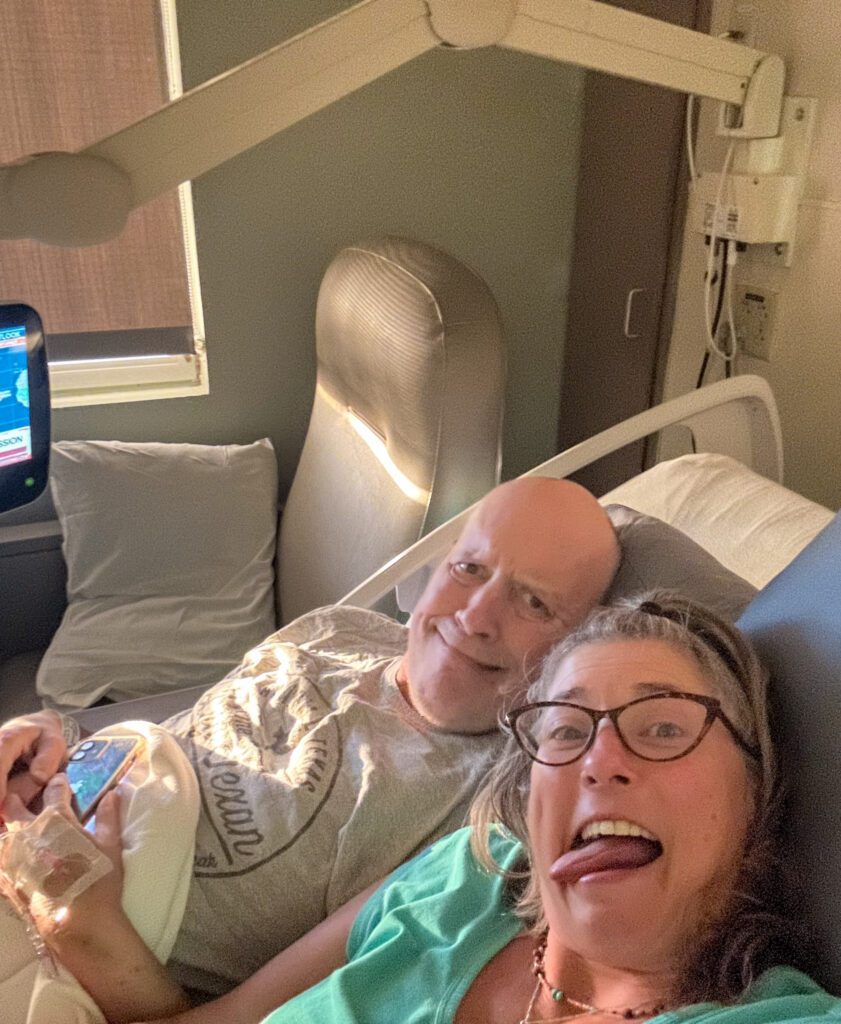
The Invitation
If you’re still reading, this part is for you.
Maybe your pain isn’t visible. Maybe your healing doesn’t sparkle. I see you.
Let’s stop demanding tidy recoveries. Let’s honor the messy kind.
You don’t have to wait until you’re “better” to be worthy. You already are. Still standing. Still soft. Still loving.
That’s what it means to constantly survive.
All Things Widowmaker
- CaringBridge: The real-time journal as Steve and I navigated uncharted territory
- Blog Post:
Leave a comment